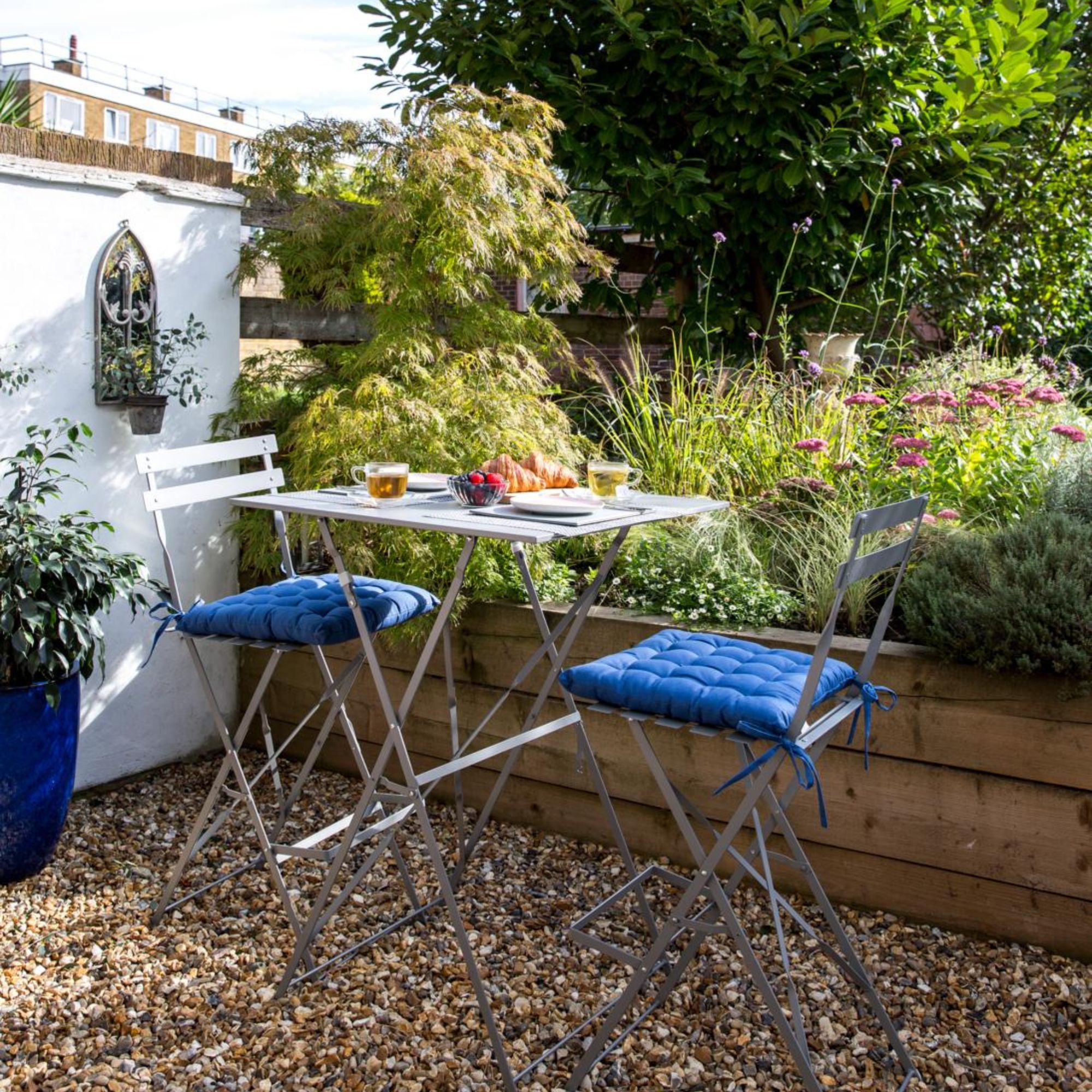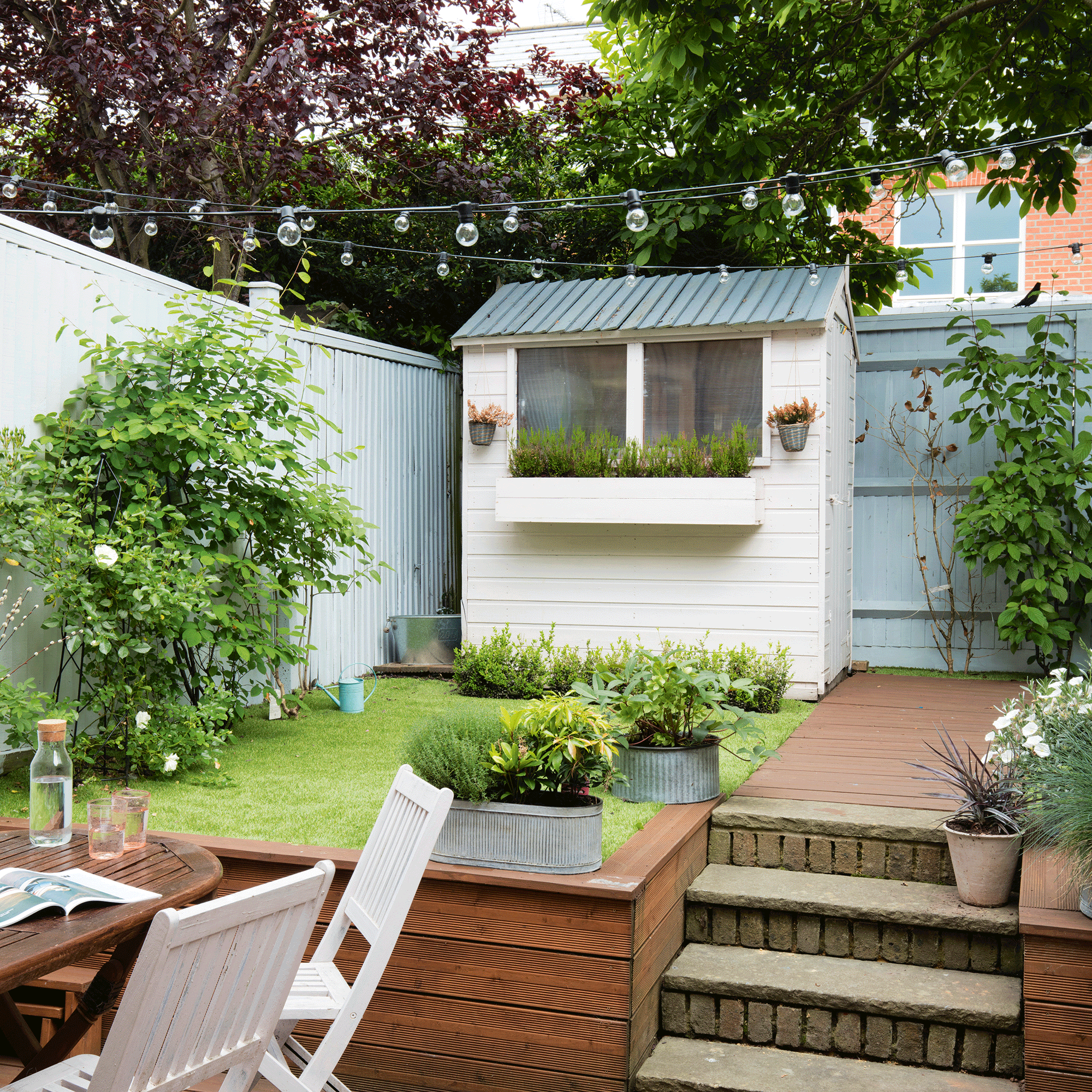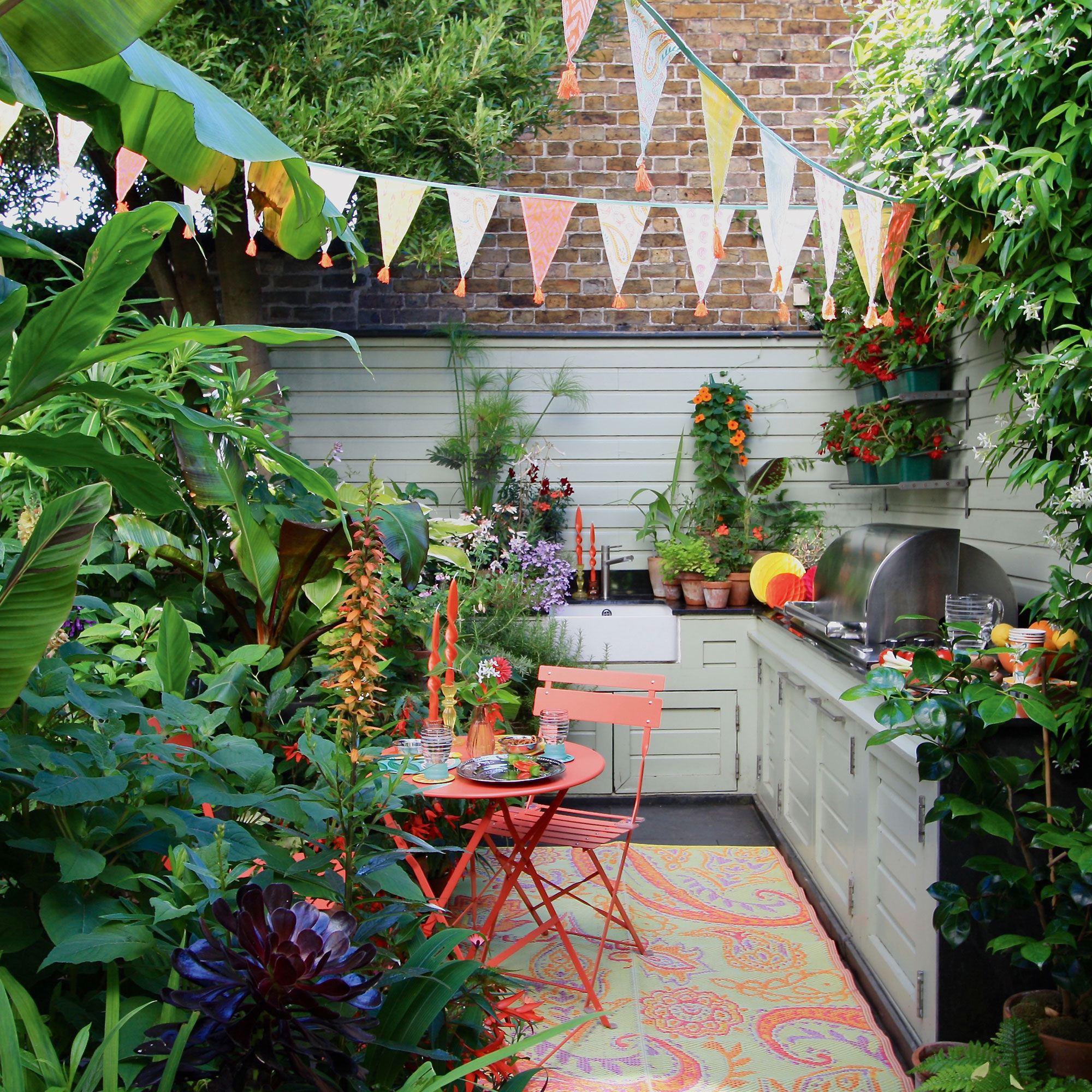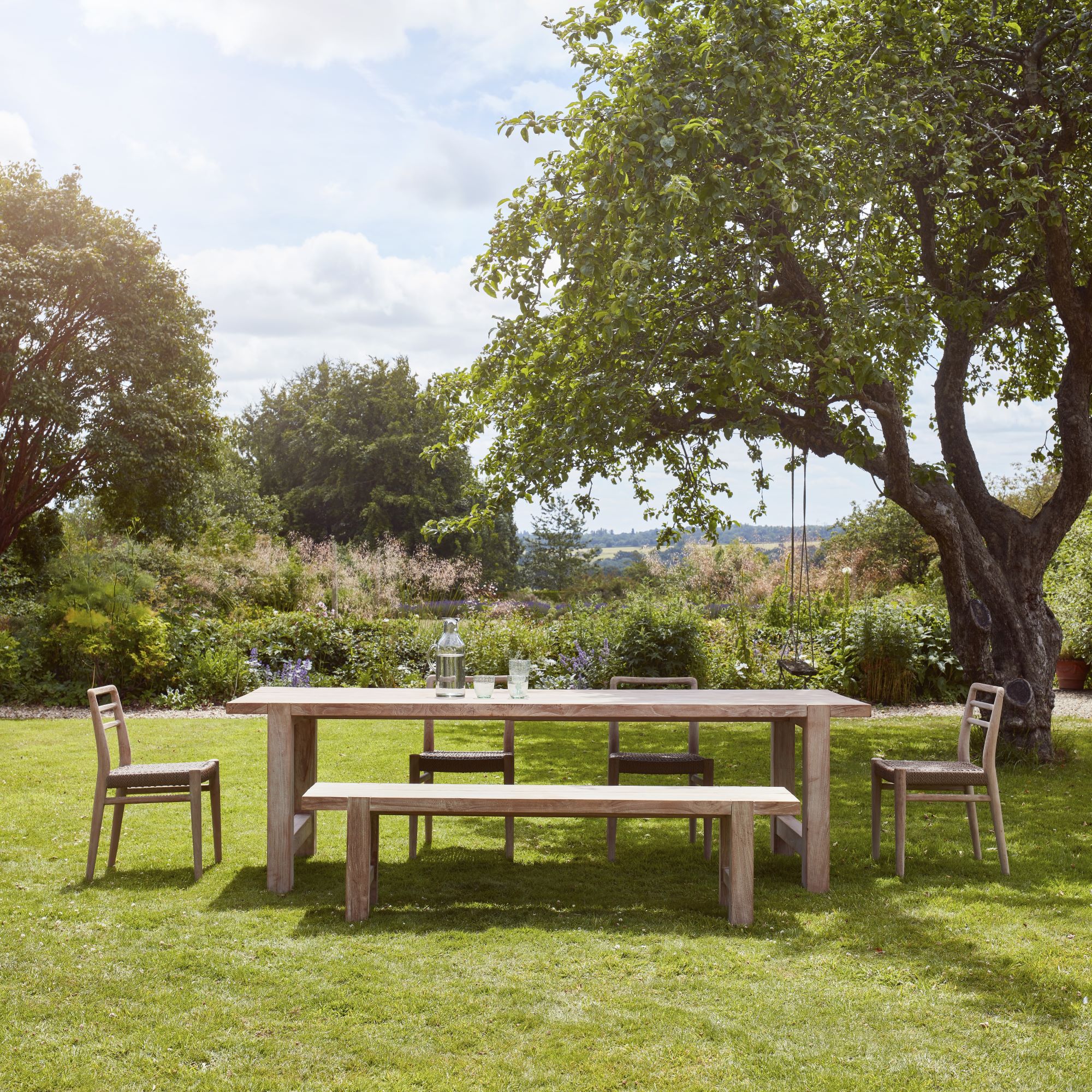
We may still be in mid-winter, but now is the perfect time to start planning your garden ready for summer. However, before you get started there are some garden trends that designers would recommend avoiding if you want your garden to stand the test of time.
New garden trends come around every year, and it can be tempting to jump on to them and even commit to re-landscaping our garden ideas for a trend that's caught our eye. However, you do need to know what you're getting yourself into, while some trends turn into classics some are simply a flash in the pan fad.
So we asked the experts what trends they would recommend avoiding and leaving behind on your Pinterest board in 2024.
5 Garden trends to avoid
If your garden is your pride and joy, you should always be cautious before making any changes based on the popular trends of the moment; these might soon go out of fashion and then you'll find yourself wishing you'd put practicality and longevity first. Even the best garden furniture can't always make up for expensive mistakes.
1. Fake grass

The appeal of artificial grass, over a natural lawn idea for most people stems from the idea of having a perfectly manicured lawn without the hassle of cutting it. But experts warn that fake grass is one of the top garden trends to avoid this year, due to its harmful effect on the ecosystem.
'Fake grass can’t support the life cycles of fauna and flora, or absorb CO2 and other pollutants from the air we breathe,' explains David Hedges Gowers, Chairman, Lawn Association.
'It doesn't cool the garden in summer or nurture the soil beneath it, which is essential for feeding soil organisms like worms - which in turn keeps the soil healthy,' says Amanda Kincaid, STIGA. 'Weeds can also still grow through artificial turf, and it needs to be cleaned of litter, moss and weed growth regularly.'
Sure, you can learn how to clean fake grass easily enough, but natural alternatives don't require any cleaning at all.
2. Single use outdoor zones

'Many of us don’t have enough space in our gardens for dedicated areas, so in 2024 it’s all about multifunctional spaces,' says Sam Jenkinson, Garden Buildings Expert, Tiger Sheds.
Although there is something to be said for designating specific areas of the garden to single purposes, this can often lead to problems further down the line. For example, you might compromise on garden storage ideas in favour of a large outdoor kitchen, but then later have to relandscape because of the impracticalities of the setup.
'When thinking about your garden furniture and buildings, think about how they can be used for all your needs, not just one,' Sam says.
For instance, garden seating ideas could be incorporated into the alfresco dining setup, and there's multi-functional garden furniture that can be used for storage too.
3. Softwood garden furniture

Wooden garden furniture is beautiful, but if you are opting for this over sturdy aluminium, don't be tempted to choose softwood pieces.
Softwood garden furniture has become popular in recent years, due to its beautiful aesthetic and cheaper price tag than hardwood alternatives. But, softwood isn't the most durable garden furniture on the market - in fact, experts say it's one of the least.
Softwoods like larch, pine and cedar are more porous and absorbent than hardwoods. This makes them more susceptible to moisture, damp, and rot, so if you want your outdoor furniture to last a lifetime, note that softwoods are one of the garden trends to avoid this year.
'An outdoor dining table should be constructed from a hardwood material, such as teak, preferably sourced from tropical regions,' says Sally & Sarah Wilkie, Founders of Home Barn. 'This type of timber is known for its density and durability, as it grows slowly, making it ideal for withstanding the various weather conditions and temperature changes experienced outdoors.'
4. Large water features

Water features are an aesthetic addition to the garden, and they're great at adding visual variety to our outdoor spaces. They've become increasingly popular in recent years, and experts expect that to continue in 2024. However, don't be tempted to install a large water feature without doing some heavy research first.
'Although water features such as fountains and ponds can provide a romantic touch and attract wildlife to our homes, they can also be a lot of upkeep and trouble to look after,' says Sam from Tiger Sheds. 'And with rising costs, water fountains may provide us with additional costs which aren’t worth it.'
If you do want a water feature in your garden, a small birdbath is a great choice, as these can attract wildlife to your garden without the heavy price tag of a full-scale fountain or pond.
5. Avoiding colour

The satisfyingly uniform look of an all-green garden has had a resurgence in recent years, but experts are in favour of ditching this for a vibrant, colourful outdoor space rich in wildlife and biodiversity.
'Although black-and-white palettes are still on trend in some parts of the home, our gardens should not be one of them,' Sam says. 'Say goodbye to gardens where the only colour is an immaculate green lawn and say hello to gardens bursting in colour with multiple types of plants that add personality and help wildlife.'
Instead of incorporating multiple plants of the same variety into your garden this year, why not select one plant from multiple species - your garden's ecosystem will thrive and you'll have a beautifully bright space to admire every day too.
FAQs
What makes a garden look tacky?
What makes a garden look tacky is a matter of opinion rather than fact. However, most of the experts agree that artificial grass often looks more tacky than a natural lawn. This is because it looks like what it is - fake.
'If you’re thinking of going for fake grass because of the upkeep, opt for a clover lawn instead,' says garden buildings expert Sam. 'They’re drought friendly, heat tolerant and easier to manage than a regular lawn as they need infrequent mowing and don’t have any fertilisation needs.'
What is the most low maintenance garden?
'The most low maintenance lawn is one that is sustainably looked after, i.e. by working with nature instead of against it,' says David from the Lawn Association. 'One example of this is to use native grasses in your lawn (and all lawns pre-1990 constitute of these).'
Native grasses are low maintenance because they are what would naturally grow in your garden. If you're relandscaping and need to plant grass seeds, opt for seeds that are native to the UK, like bent and fescue.
'In terms of plants, bulb plants such as daffodils, tulips, and lilies are all incredibly easy plants that will add colour to your garden without any needed maintenance,' says Sam.
Now you know which garden trends to avoid this year, you can start planning ahead to the warmer months and make sure your outdoor space thrives!







